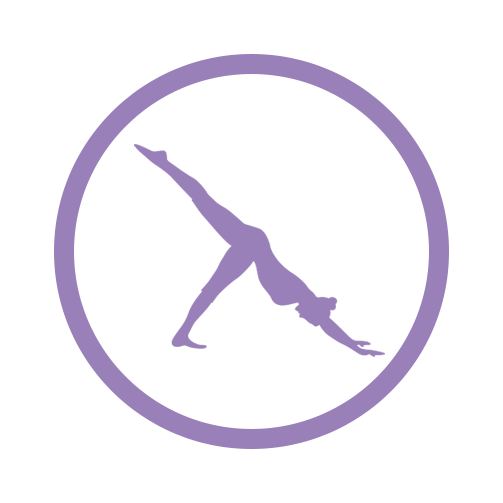In today’s sedentary world, many of us unknowingly neglect our posture. The way we sit, stand, and even move can have a significant impact on our overall health and well-being. From back pain to decreased lung capacity, poor posture can have a significant impact on our overall well-being. These questions might have crossed your mind if you’ve been struggling with bad posture for a while:
Is it too late to fix my posture?
Well, we’ve got good news for you! It’s a common misconception that once bad posture sets in, it’s a lost cause. However, research and experts have proven that it’s never too late to address and fix your posture. In this blog, we will identify poor posture habits, help you fix your posture to achieve better alignment and keep you motivated on this journey.
Identifying Bad Posture Habits and How to Fix Posture:
Identifying and correcting bad posture habits is crucial for long-term health and well-being. Here are some common posture problems and ways to manage them:
1. Tech Neck:
In the digital age, many of us spend hours hunched over screens. This leads to tech neck, in which people hunch over their phones or tablets with their heads tilted forward, straining their neck and upper back muscles.


O’Coach Solution
The 20-20-20 rule – Every 20 minutes, take a 20-second break to move with at least 20 seconds of a different activity. These activities can include walking, standing up and stretching. This rule can help relieve strain and reminds you to keep your head aligned.
2. Slouching:
Many people have a tendency to slouch while sitting, especially when working at a desk or using electronic devices for extended periods.


O’Coach Solution
Set up reminders on your phone to prompt you to check your posture and sit up straight throughout the day. Consider using an ergonomic chair or a lumbar support cushion to maintain the natural curve of your spine.
Reminder:
Neither sitting or standing for a prolonged periods of time at your desk is good for your body. A balance between both sitting and standing time period is best. To counteract the ill effect for prolonged sitting and standing try incorporate exercise to your workday.
3. Rounded Shoulders:
Rounded shoulders are a common consequence of modern lifestyles, such as prolonged desk work and excessive phone use. This posture problem not only affects the shoulders but can also impact the neck and upper back.


The O’Coach Solution
Perform shoulder-opening exercises like shoulder blade squeezes, wall angels and doorway stretches. These exercises help to strengthen the muscles responsible for pulling the shoulders back and opening up the chest.
4. Forward Head Posture:
Forward head posture is characterized by the head jutting forward, misaligning with the shoulders and upper back. It is often caused by activities like looking down at smartphones or reading at a poorly positioned desk.


The O’Coach Solution
Ensure that your workspace is ergonomically designed to support good posture where your computer monitor is at eye level, and the top of your screen is at or just below eye level. This encourages proper head and neck alignment.
5. Crossing Legs While Sitting:
Sitting with crossed legs can throw off the alignment of the hips and pelvis, leading to potential issues.


The O’Coach Solution
Keep both feet flat on the floor while sitting. If you find it challenging to maintain this position, use a footrest to support your feet.
Corrective Exercises to fix Bad Posture (using O’Coach fitness app):
Making the transition from bad to good posture is a gradual process that involves strengthening the core muscles, and increasing flexibility in key areas.
O’Coach custom workout timer app proves to be an invaluable tool in this journey with its user-friendly interface, individuals can create custom workout plans that target specific posture-related issues, making it an effective and efficient way to achieve positive results. It also offers you a wide range of in-build posture exercises and stretches that you can incorporate into your daily busy routine.
Some in-build workout plans:



Remember, it’s never too late to start; take the first step today and reap the rewards of a strong and graceful posture for years to come. By incorporating mindfulness, ergonomic adjustments, posture exercises, and stretching into your daily routine, you can achieve better posture and pave the way for a healthier, more confident future.
People Also Ask
Good posture involves maintaining a balanced alignment of your body while sitting, standing, or moving. It supports optimal muscle and joint function, preventing strain and discomfort. Proper posture includes a straight spine, relaxed shoulders, and a neutral pelvis.
Yes, you can improve your posture independently. Start by being mindful of your sitting and standing positions, taking breaks from prolonged sitting, and doing posture-improving exercises. Regular practice and maintaining a balanced lifestyle can make a significant difference in your posture and overall well-being.
Maintaining good posture is vital for overall well-being. It reduces strain on muscles, prevent aches, enhances breathing, and support spine health. Proper posture boosts confidence and portrays a positive image.




